How to properly prune an orchid after flowering and why is it needed?
After flowering, the orchid may need pruning. You should know that only faded peduncles, dry leaves and stems need to be removed from the plant. If the orchid is healthy, then the rest of its parts are trying to preserve.
Reasons for pruning orchids
This traumatic operation should be performed only in special cases.
- The appearance of the plant has worsened or it has faded.
Time passes, the tropical beauty is gradually losing its mesmerizing inflorescences. Over time, the plant grows old, some leaves also lose their attractiveness, dry out.
Pruning will help preserve the flower with additional nutrients, moisture and an attractive appearance. Faded shoots and dry parts are carefully removed using a small pruner or sharp scissors.
Phalaenopsis leaves can be mechanically damaged, which appear with improper and careless transportation. If the flower is in direct sunlight, especially in the summer, it can easily get sunburn. It appears as round or oval brown spots. It is better not to remove the green parts of such damage: they supply the flower with nutrients. You need to rearrange the orchid or shade. Such burns can be provoked by water droplets that remain on the plant after watering and act as a lens that collects the sun's rays.
Advice
In most orchids, peduncles are removed at home immediately after flowering. These types include miltonia, cymbidium, papiopedilum and cattleya. In some orchids, on the other hand, faded stems are not removed. For example, in dendrobium nobile, young plants can develop on them, which over time can be transplanted from the mother flower. The most popular orchid in home collections is Phalaenopsis. If its faded stem does not darken, retains its green color, it is not necessary to cut it off. It is quite possible that such a peduncle will grow its tip and again please with beautiful flowers. Or "babies" will grow in place of the sleeping buds. If long shoots do not look very aesthetically pleasing, you can shorten the peduncle of this flower, leaving the lower part with two internodes.
- Health or pest problems
Plaque, spots, sticky leaves, rot on any part - all these signs indicate that the plant is sick. Often, in this case, the orchid sheds many flowers in a short time, loses buds.
The plant needs to be treated depending on the problem. In some cases, you have to sacrifice part of the orchid in order to save the flower. Rotten parts are cut off, areas heavily damaged by pests are removed. In critical situations, it is better to completely remove the peduncle in order to preserve the strength of the plant. In case of fungal diseases that lead to decay, it is appropriate to use "Fundazol". An insecticide is used against pests according to the instructions.
- Flower propagation
The orchid grows, over time it becomes cramped in the old pot. The flower is transplanted, while some species can be transplanted. Sympodial forms are propagated by dividing a large bush into two plants. This is a traumatic operation that is difficult for most orchids. Only healthy flowers are used. They must be large enough so that a few pseudobulbs remain on each young specimen. In this way, you can propagate miltonia, cattleya, oncidium or cymbidium.
Advice
Dendrobium nobile and phalaenopsis are some of the most common orchids.They can be propagated by "babies" that can appear on faded peduncles. Sometimes babies do not build up the root system for a long time; in phalaenopsis, the process can take several months. It is possible to transplant young plants only when 2-3 roots of at least 4-5 cm have appeared on them. Special care is needed for the kids. For them, the bark of a fine fraction is used, it is often watered and daily abundantly sprayed on the surface of the soil near the small roots.
How to carry out shortening work correctly?
To properly prune an orchid, you need to consider the following points.
- All operations are performed with gloves and a clean instrument. It is pretreated with alcohol or calcined over a fire for several minutes.
- Using sharp scissors or pruning shears, carefully cut off the damaged parts, being careful not to damage the plant.
- The cut is disinfected - for example, sprinkled with cinnamon powder or activated carbon.
- The faded stems are cut as close to the base of the plant as possible.
Orchid transplant
Pruning is often combined with transplanting. If there is a problem with pests or the flower is sick, this procedure is carried out urgently. After flowering, it is also advisable to transplant the orchid - to renew the packed bark, which has lost its nutritional value.
Stages of work
- Carefully take the flower out of the pot. Shake lightly and examine. Cut off dry, rotten, severely injured underground parts. It is imperative to process the roots.
- Examine the ground part of the orchid, remove dead and dried pieces. Divide the flower if necessary.
- When the slices dry out a little, the plant is placed in a pot, the roots are evenly distributed. They are covered with a substrate for orchids - bark with particles of charcoal and moss. Shake the flowerpot to fill in any empty areas.
- Leave the plant in a place protected from direct sunlight. Watering is carried out in a few days, so as not to provoke rotting open wounds.
How to process and feed the roots?
When transplanting, the sections on the roots and stem of the orchid must be disinfected with cinnamon powder or charcoal to prevent rot.
Nutrient deficiencies can change the appearance of an orchid. Lack of nitrogen leads to yellowing of the leaves. When the underside of the leaf blade turns dark red, an insufficient amount of phosphorus can be suspected. Such plants grow poorly, they have weak peduncles.
Top dressing of tropical beauties is carried out during the period of active growth. You don't need to do this in the first month after the transplant. It is convenient to use special complex fertilizers for orchids, which are sold in specialized stores. They are brought in after watering the flower (the bark must be wet).
Post-flowering care
Most of the faded orchids begin a dormant period. Cattleyas, wandas, miltonia, cymbidiums, oncidiums, dendrobiums are watered less often, helping to move to a new stage of development. It is convenient to do this by immersing the orchid pot for 10-15 minutes in a container of water. After the procedure, the flowerpot is taken out of the water, the excess moisture is allowed to drain off and the orchid is put in place. In this case, the bark is well saturated with moisture, slowly giving it to the plant.
The flower is provided with a difference between night and day temperatures by several degrees, some up to 10 ° C. For this, many species can be kept outdoors if the temperature permits. Popular phalaenopsis do not like to be in the garden. The orchid feels good on a light windowsill without direct sunlight, it does not have a pronounced rest period. After flowering, Phalaenopsis can continue to grow actively, adding leaves and flower stems. In this case, its water regime is not changed.
Orchid is an exotic beauty popular in indoor floriculture, which will surely thank you for proper care. If you cut it off after flowering, then the plant is renewed and retains strength.The procedure promotes the appearance of delightful flowers in the future.
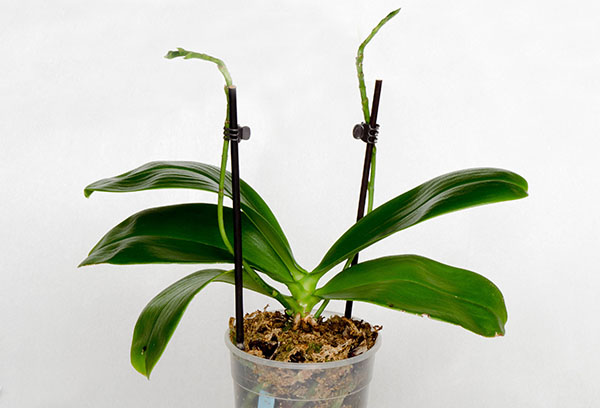
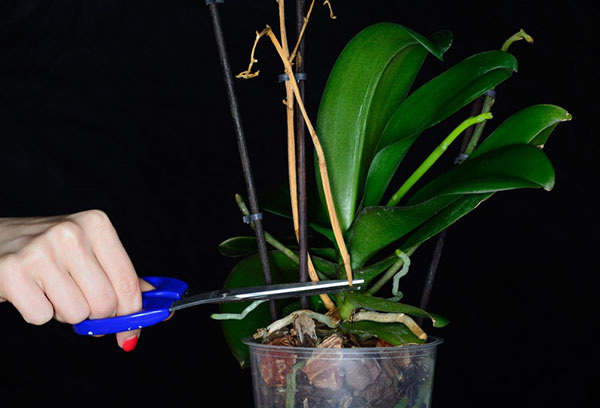
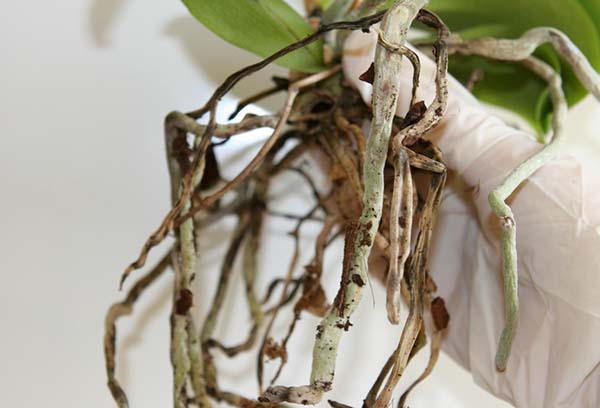


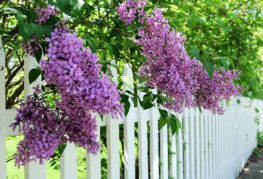
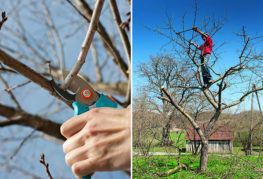
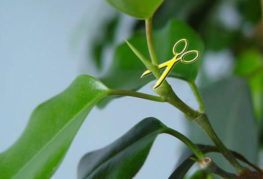
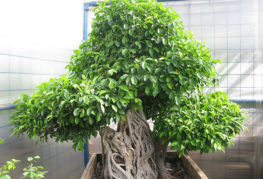
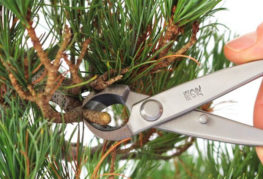
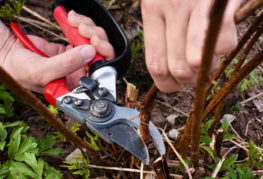
and will be published shortly.